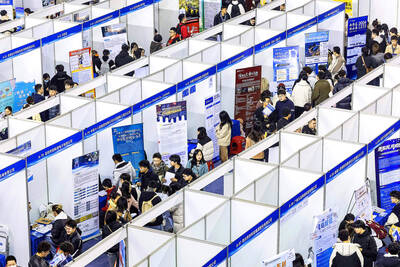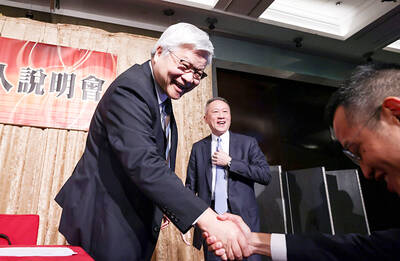Worldwide wearable device shipments are estimated to grow 14.5 percent to 396 million units this year from 345.9 million units last year, as demand remained steady in the first half of the year, despite the COVID-19 outbreak and the launch of new products in the second half, International Data Corp (IDC) said on Friday.
The global market for wearable devices, such as hearable items, smartwatches and wristbands, is forecast to grow by a compound annual growth rate (CAGR) of 12.4 percent in the five years from this year, with total shipments likely reaching 637.1 million units in 2024, thanks to the emergence of services to complement wearable devices, IDC said in a report.
The demand for wearable devices would also increase as more enterprises use them to keep their employees physically distant and detect early signs of potential illness in the post-COVID-19 era, the research firm added.
“Wearable devices and services will evolve together in the coming quarters,” Ramon Llamas, research director for mobile devices and augmented and virtual reality at IDC, said in a news release.
IDC forecast that hearable items would account for the majority of wearable shipments in the next five years, while posting a CAGR of 14.1 percent through 2024.
Shipments of smartwatches and wristbands are estimated to grow at a CAGR of 14.3 percent and 2.4 percent respectively over the five-year period, it added.
Wearable device makers are laying the groundwork for consumers using multiple wearable devices in conjunction with each other, IDC said.
“Imagine tying positional and audio input from hearables with health metrics from the wrist to gauge a user’s level of attention or excitement in the surrounding environment. That’s a powerful new experience that can bring added utility to consumers and vendors alike,” said Jitesh Ubrani, research manager for mobile device trackers at IDC.

Stephen Garrett, a 27-year-old graduate student, always thought he would study in China, but first the country’s restrictive COVID-19 policies made it nearly impossible and now he has other concerns. The cost is one deterrent, but Garrett is more worried about restrictions on academic freedom and the personal risk of being stranded in China. He is not alone. Only about 700 American students are studying at Chinese universities, down from a peak of nearly 25,000 a decade ago, while there are nearly 300,000 Chinese students at US schools. Some young Americans are discouraged from investing their time in China by what they see

MAJOR DROP: CEO Tim Cook, who is visiting Hanoi, pledged the firm was committed to Vietnam after its smartphone shipments declined 9.6% annually in the first quarter Apple Inc yesterday said it would increase spending on suppliers in Vietnam, a key production hub, as CEO Tim Cook arrived in the country for a two-day visit. The iPhone maker announced the news in a statement on its Web site, but gave no details of how much it would spend or where the money would go. Cook is expected to meet programmers, content creators and students during his visit, online newspaper VnExpress reported. The visit comes as US President Joe Biden’s administration seeks to ramp up Vietnam’s role in the global tech supply chain to reduce the US’ dependence on China. Images on

New apartments in Taiwan’s major cities are getting smaller, while old apartments are increasingly occupied by older people, many of whom live alone, government data showed. The phenomenon has to do with sharpening unaffordable property prices and an aging population, property brokers said. Apartments with one bedroom that are two years old or older have gained a noticeable presence in the nation’s six special municipalities as well as Hsinchu county and city in the past five years, Evertrust Rehouse Co (永慶房產集團) found, citing data from the government’s real-price transaction platform. In Taipei, apartments with one bedroom accounted for 19 percent of deals last

US CONSCULTANT: The US Department of Commerce’s Ursula Burns is a rarely seen US government consultant to be put forward to sit on the board, nominated as an independent director Taiwan Semiconductor Manufacturing Co (TSMC, 台積電), the world’s largest contract chipmaker, yesterday nominated 10 candidates for its new board of directors, including Ursula Burns from the US Department of Commerce. It is rare that TSMC has nominated a US government consultant to sit on its board. Burns was nominated as one of seven independent directors. She is vice chair of the department’s Advisory Council on Supply Chain Competitiveness. Burns is to stand for election at TSMC’s annual shareholders’ meeting on June 4 along with the rest of the candidates. TSMC chairman Mark Liu (劉德音) was not on the list after in December last